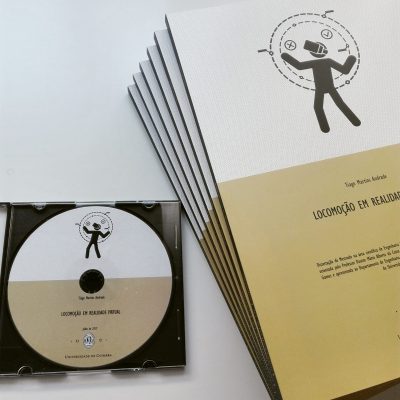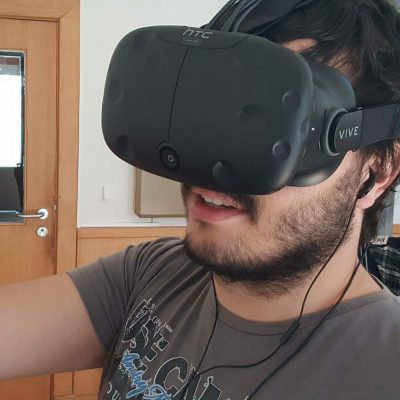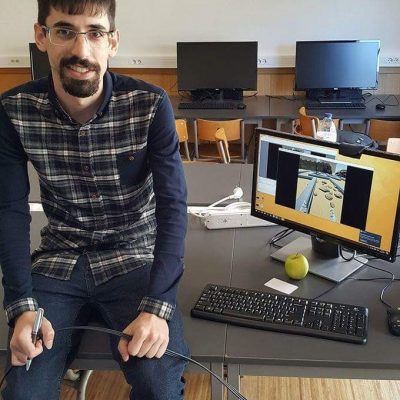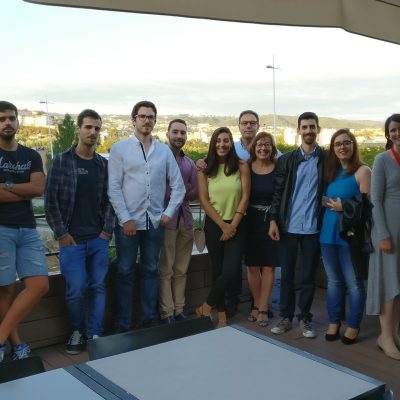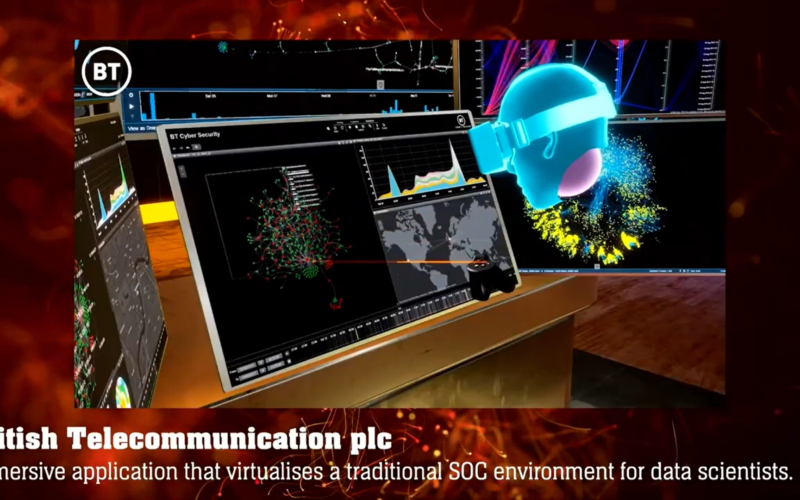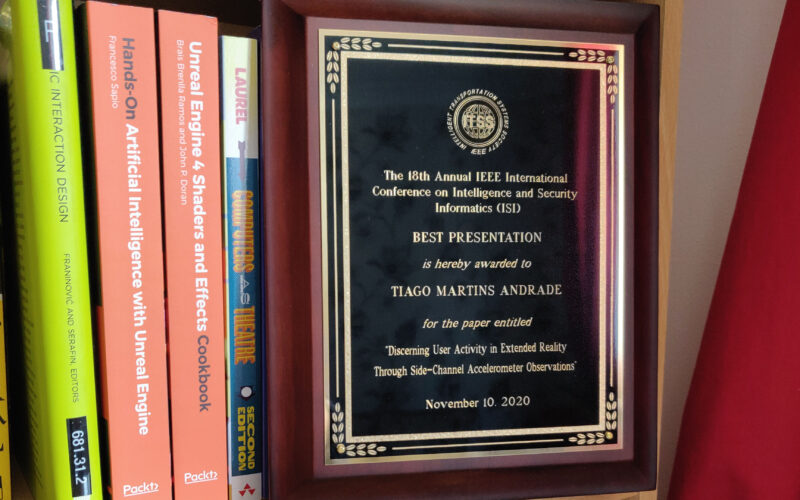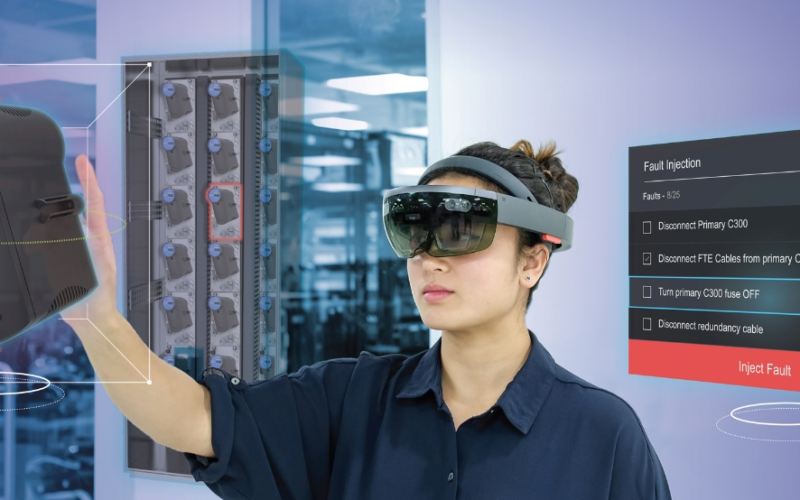Locomotion in Virtual Reality
This was the work carried out as part of my internship at Mimicry Games included in the study plan for the Master of Informatics Engineering at the University of Coimbra.
The goal was to study and develop different locomotion methods in a Virtual Reality environment to reduce cybersickness caused by the VR headset at that time.
Abstract
New virtual reality devices have generated a growing enthusiasm for the use of this technology among the general public. Furthermore, the possibility for its application in various domains of human actions has increased exponentially in areas such as medicine, architecture, marketing, tourism, web browsing or skills training.
Virtual reality is a type of technology that allows users to simulate real sensations in digitally generated environments. Moreover, it eliminates dangerous situations by creating an imaginary world that enables new skills training and new forms of entertainment. Thus, this technology presents great advances in terms of realism and easy-to-use interfaces. However, it still has some constraints such as motion sickness, locomotion difficulties in virtual environments and a high cost for the general public.
This dissertation aims to conduct an experimental study in which a virtual environment and three types of locomotion were developed. For each type of locomotion, a specific attribute was defined: velocity, acceleration and rotation. Data were collected from 45 volunteers regarding levels of motion sickness through the Simulation Sickness Questionnaire (SSQ), which allows to check and determine which are the best values for each parameter.
After analysing and reflecting on the collected data, a set of recommendations was created for future development of VR applications/games, giving a solid starting point for development and help to reduce the symptoms of motion sickness.
Citations
Please use this identifier to cite or link to this item: http://hdl.handle.net/10316/83272
Published On
19/07/2017
Publisher
Orientador
Mário Alberto da Costa Zenha-Rela
Thomas Papa
Daniela Fontes
Internship at
Key features
- Virtual Reality
- Virtual Locomotion
- Cybersickness
- Experimental Study
- User Experience
- User Interface
- Usability Testing
MORE RELEASES
-
Shortlisted for E&T Innovation Award
Read MoreScientific paper that highlights an important issue for those seeking to utilise XR (virtual reality, mixed reality, etc.) for secure applications.
-
[Award-winning] Discerning User Activity in XR Through Biometric Side-Channels
Read MoreScientific paper that highlights an important issue for those seeking to utilise XR (virtual reality, mixed reality, etc.) for secure applications.
-
Extended Reality in IoT scenarios: Concepts, Applications and Future Trends
Read MoreA survey work done by Daniel Bastos and me to highlight the importance of these technologies and how can we combine them together.
